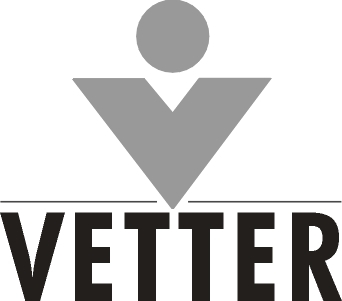Strategic Product Lifecycle Management Through Secondary Packaging
Developing and launching a new drug is often a burden on resources, time and money. Pharmaceutical and biotech companies can only afford the additional expense if and when a product achieves long-term success. Early implementation of strategic product lifecycle management (PLM) allows to significantly increase their drug’s prospects on the markets. Secondary packaging can actually play a decisive role throughout the product’s entire lifecycle.
Developing a PLM strategy is crucial for pharmaceutical and biotech companies. It lets them optimize processes and obtain high product quality at the same time. In order to enable a substance’s long-term success, the manufacturers must respond to several challenges: First, there is the increased demand from patients for more user-friendly systems. The second challenge lies in the implementation of product safety regulations, which are becoming stricter, and in the compliance with regulatory requirements. Finally, companies must continuously focus on cost efficiency. Effective PLM processes are crucial, and part of these processes involves secondary packaging. Indeed, small changes can have major repercussions on the success of products, even those that have already proven themselves on the market.
Various Solutions for Serialization
Serialization necessitates changes to the secondary packaging. But the lack of global standards has produced a great deal of complexity. The guidelines from the regulatory authorities differ from one country or region to the next. In some countries, they are already in place, while in others they are set to come into effect in coming years, like the USA (scheduled for 2017) and the EU (probably 2018). The implementation of the guidelines also changes from market to market: South Korea, for example, only requires serialization on the folding boxes. China, on the other hand, has developed a concept that demands 1-D linear codes including aggregation with the shipping carton. CDMOs like Vetter offer drug manufacturers a wide spectrum of services that will allow them to react flexibly to very different requirements. This includes different formats for serial numbers, a variety of coding systems, like 2-D data matrix codes, interfaces and reports, as well as different aggregation depths. The services can be adapted individually by drug manufacturers and also be used as a basis for their own track-and-trace programs in order to optimize their supply chain.
Differentiation Through Product Redesign
Another option for using secondary packaging to extend a product’s lifecycle is product redesign. This gives pharmaceutical and biotech companies an opportunity to differentiate themselves even more clearly from their competition. Redesigning the packaging can considerably increase safety. Tamper-evident closure, for instance, supports product integrity and acts as a defense against counterfeiting. A safety device used with parenteral drugs can also safeguard against needlestick injuries. Color-coded plungers help identify different dosages and minimize the risk of under- or overdosing. User-friendliness is playing an ever-greater part in the long-term success of drugs. The aging population and the increase of chronic illnesses mean greater use of injectable biologics. This, in turn, has stimulated demand for administration systems that are simple to use.

Example: Redesigned kit packaging
Increased User-Friendliness & Patient Safety
User-friendly systems enable patients to handle and administer their medication easily at home. An intelligent pen system with dual-chamber cartridges is clearly more practical than a set pack of lyophilized vials and diluent. Using prefilled syringes instead of vials offers far greater dosage accuracy and saves administration time. Another challenge is the legal regulations regarding patient safety, which are becoming ever stricter. Innovative secondary packaging does offer a solution. Since guidelines by regulatory agencies often change from country to country, the packaging can help drug manufacturers with the individual adaptations.

Example: carton tamper evident feature for parenteral packaging
Adding to the Long-Term Success on the Market
CDMOs like Vetter support pharmaceutical and biotech companies in the implementation of strategic product lifecycle management and thereby contribute to the product’s long-term success on the markets. They can help implement stable and efficient processes, offer proven solutions, and they also have the necessary flexibility.
For more detailed information, please feel free to join our Product Lifecycle Management Webinar or visit vetter-pharma.com
Total Page Views: 2121










